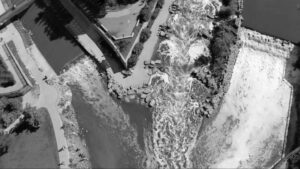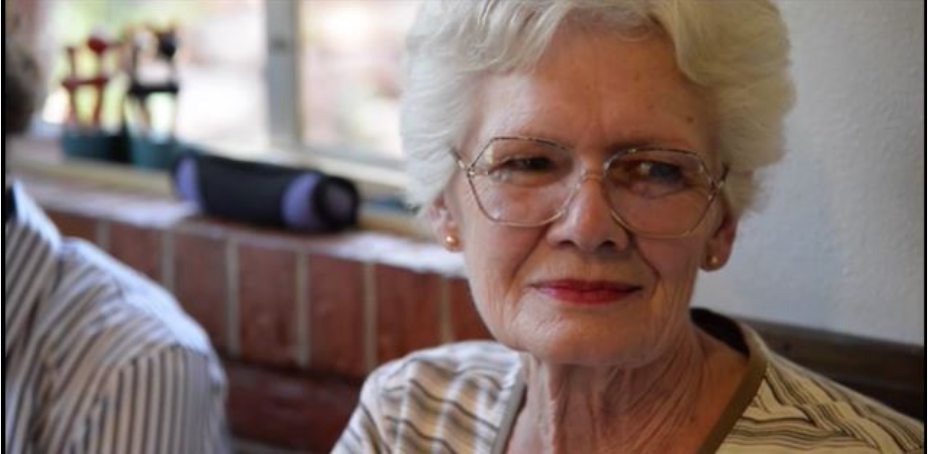A RIVER ONCE DESCRIBED AS “A MILE WIDE AND AN INCH DEEP, TOO THIN TO PLOUGH, TOO THICK TO DRINK,” CAUSED DENVER’S LARGEST NATURAL DISASTER.
“Instead of the normal 300 cubic feet of water per second, or the 3,000 that we called exceptionally high…, the raging South Platte hit us with the astonishing flow of 150,000 cubic feet per second” (Shoemaker, 1981).
The River swept out into the city creating the largest natural disaster in Denver’s history. The flood inundated 250,000 acres of land and caused $540 million in damages. A wall of water 20 feet high was described.
The flood claimed 21 lives. 1,720 buildings in the city were destroyed or damaged.It caused $543 million in damages in Denver and $3 billion in the state of Colorado.
“By the time the flood was in the center of the city it had damaged every bridge in its path from the south, and the tide was gathering an increasing load of debris- trees, sides of buildings, entire mobile homes, telephone poles trailing wires, an armada of old and new automobile tires, operable and junked cars, entire lumber yards, fences, tanks loaded with the Lord knew what.” (Shoemaker, 1981)
For nine years the South Platte River continued to lay in waste. The River was ecologically dead, and it was said that you could hear the flow but not see the water through all of the trash. In 1974 Mayor Bill McNichols and State Senator Joe Shoemaker co-founded the Platte River Development Committee (PRDC) with Senator Shoemaker as the Chair. Charged with initializing the revitalization of the South Platte, the PRDC, which two years later became The Greenway Foundation, took on the monumental task of breathing life into a dead urban waterway.
Since then, over $130 million has been invested into the River, its parks and trails, taking the River from a virtually abandoned and forgotten open sewer to the vibrant, healthy, enhanced and engaged urban waterway that it is today. Over 100,000 linear feet of water quality, recreational and flood control improvements, over 100 acres of parks and natural area, and over 100 miles of multi-use recreation trails have been added to the South Platte River Greenway. This investment has created over $13 billion in related economic benefits to the people of Denver.
Today, the River is a destination spot. On any warm day of the summer you will find people cooling their feet in the water, bicyclists zooming along the trail, or fishermen waist deep in water. On June 27th and 28th 2015, over 15,000 people will convene at the Confluence Park, the birthplace of Denver, for the third annual Coors Light South Platte RiverFest. With free paddleboard lessons, kayaking, and live music, this festival is the epitome of the South Platte’s restoration.
The flood of 1965 was Denver’s largest natural disaster; however, from this turmoil blossomed Denver’s greatest natural resource, the South Platte River.
HEAR THE SURVIVOR’S STORIESListen to the stories of the survirors on the Denver Post’s website. Hear the tale of tornadoes, floods, survival and friendship.
Hear their stories. HOW DID OUR CITY CHANGE?Read how the flood changed how Denver
built around and interacted with the South Platte River on the Westword website. How did the flood of 1965 change the future of Denver? |





